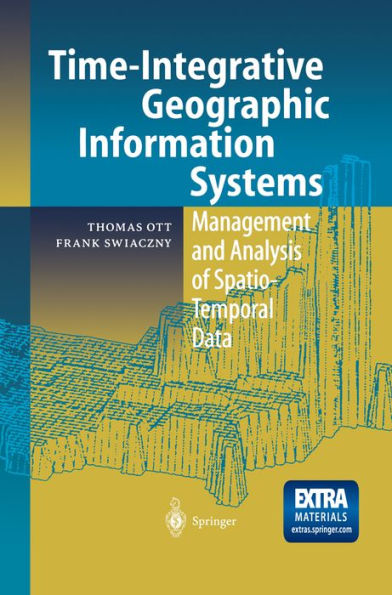The book deals with the integration of temporal information in Geographic Information Systems. The main purpose of an historical or time-integrative GIS is to reproduce spatio- temporal processes or sequents of events in the real world in the form of a model. The model thus making them accessible for spatial query, analysis and visualization. This volume reflects both theoretical thoughts on the interrelations of space and time, as well as practical examples taken from various fields of application (e.g. business data warehousing, demographics, history and spatial analysis).
1113956158
Time-Integrative Geographic Information Systems: Management and Analysis of Spatio-Temporal Data
The book deals with the integration of temporal information in Geographic Information Systems. The main purpose of an historical or time-integrative GIS is to reproduce spatio- temporal processes or sequents of events in the real world in the form of a model. The model thus making them accessible for spatial query, analysis and visualization. This volume reflects both theoretical thoughts on the interrelations of space and time, as well as practical examples taken from various fields of application (e.g. business data warehousing, demographics, history and spatial analysis).
99.0
In Stock
5
1

Time-Integrative Geographic Information Systems: Management and Analysis of Spatio-Temporal Data

Time-Integrative Geographic Information Systems: Management and Analysis of Spatio-Temporal Data
Related collections and offers
99.0
In Stock

Product Details
| ISBN-13: | 9783642567476 |
|---|---|
| Publisher: | Springer-Verlag New York, LLC |
| Publication date: | 12/06/2012 |
| Sold by: | Barnes & Noble |
| Format: | eBook |
| File size: | 4 MB |
From the B&N Reads Blog
